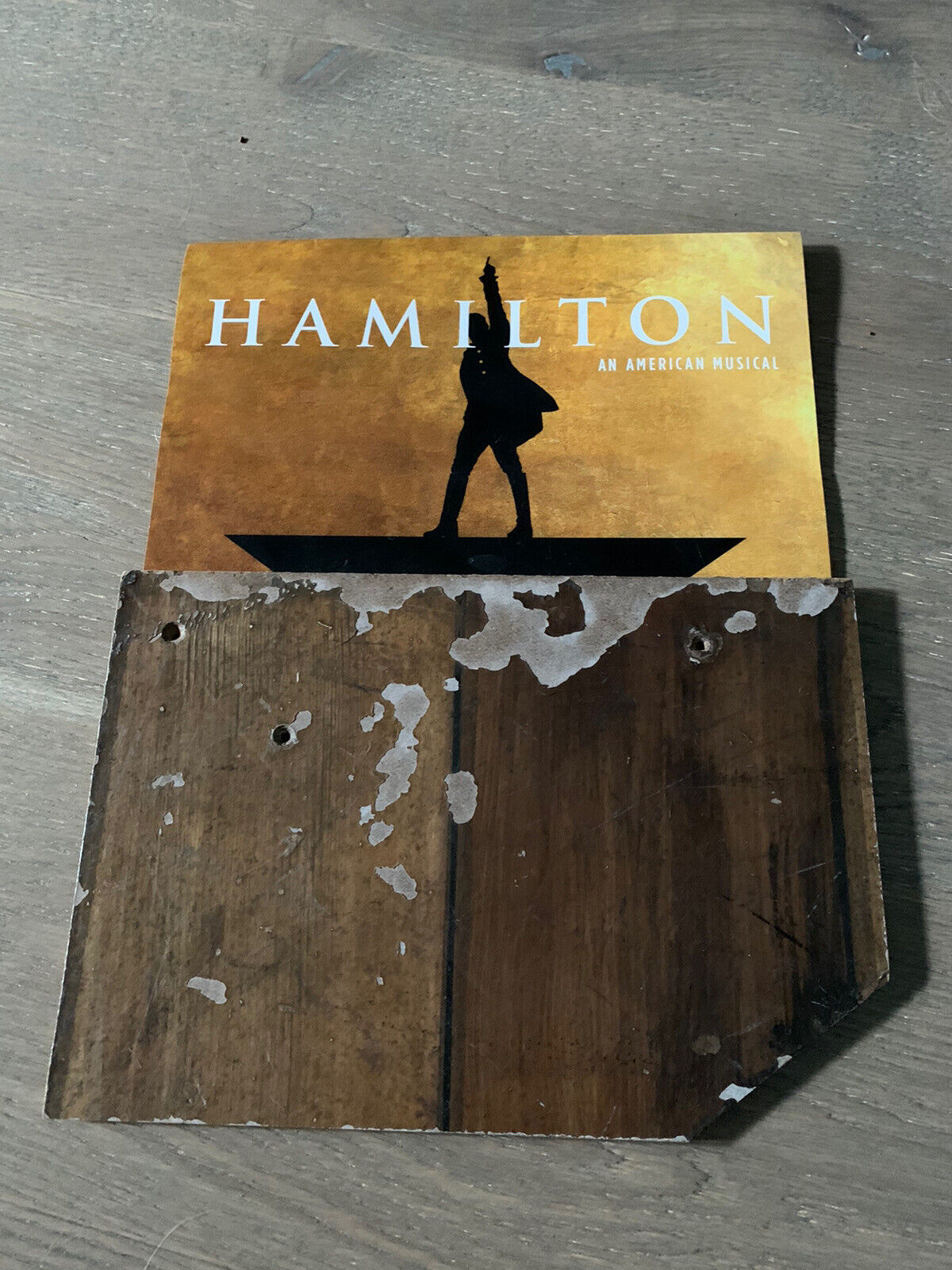-40%
Rare Set Lot WPA District 15 Asiatic Costume Attire Depression Era # 1-50 Plates
$ 26.4
- Description
- Size Guide
Description
Complete Set Lot WPA District 15 Asiatic Costume Attire Depression Era 50 painted Plates.Museum Extension Project WPA Hand-Colored Costume Plates
American, late 1930s. 50 unframed costume plates, ; 11 x 8.5 in. (each sheet)
Info below was taken from the “Heritage Pennsylvania”
Info below was taken from the “Heritage Pennsylvania”
This article appeared in the Spring 2008 issue of Pennsylvania Heritage Magazine
By Curtis Miner
Like other relief programs launched during the Great Depression under the aegis of President Franklin Delano Roosevelt's New Deal, the goal of federal arts programs of the 1930s was two-fold: to rescue unemployed Americans from poverty and to produce something of public benefit.
Curiously, the most prolific New Deal arts program, measured in terms of sheer output, generated neither celebrity nor controversy and perhaps for that reason remains the least well known. Between 1935 and 1943, the Museum Extension Project (MEP) turned out millions of pieces of "visual culture"—everything from colored illustrations, scale models, and dioramas to specimen casts and marionettes— and placed them in the hands of the nation's schoolchildren. Pennsylvania's MEP was the first in the nation and the model for other states. By one estimate, it generated nearly a quarter of the project's national output.
Unlike the highly publicized Federal Project Number One projects in art, theater, writing, music, and historical records surveys, the Museum Extension Project emerged out of the Division of Women's and Professional Projects, a unit of the Works Progress Administration (WPA) charged with developing relief programs for women and whitecollar workers. Roosevelt and his advisors reasoned, correctly, that the hard times of the Great Depression respected no occupation; systemic unemployment affected clerks and the college-educated just as much as it did coal miners and high school dropouts. Originally assigned to the Federal Emergency Relief Administration (FERA), the division was transferred to the WPA in 1935 and enjoyed the strong backing of First Lady Eleanor Roosevelt, a highly vocal and eminently articulate supporter of both women and the arts.
Simply stated, the MEP's objective was to "prepare historical and educational objects, charts, models, and exhibits for use as visual aids to education" hoping to "extend and increase the educational advantages of museums to public schools." The terse project description belied the program's enormous impact on American public education—one writer believed it was nothing short of an "educational renaissance." To appreciate the project's ramifications, it is important to recognize just how visually sparse most public schoolrooms were in the 1930s. Aside from the standard-issue blackboard, instructors had few resources at their disposal to enliven and extend the textbook. By the early 1920s, progressive educators were beginning to promote the use of motion pictures, lantern slides, and even traditional museum exhibitry, such as dioramas, scale models, natural history specimens, and other forms of what educators described as "realia." When thoughtfully integrated into daily lesson plans, such material could help teachers "visualize the curriculum" for their students.
Visual education represented a new and exciting frontier then, in much the same way that digital education does today. The problem was securing the "proper materials" and getting them into classrooms. "The commercial concerns are not disposed to devote themselves to the preparation of high grade pictures," one educator complained. Access to existing sources of visual material—the rich collections amassed by public museums and libraries—was also restricted by geography. School children in Pittsburgh and Philadelphia could turn to grand public institutions such as the Carnegie Museum of Art and the Free Library of Philadelphia. For most school districts in the vast swath of Pennsylvania, field trips to faraway museums were not an option. To its credit, the Pennsylvania Department of Public Instruction, forerunner of the Pennsylvania Department of Education, tried to make visual resources available to all. The department had made the State Museum's vast collection of lantern slides available for loan to public schools across the Commonwealth as early as 1907.
That experience may have been instrumental in bringing the program to Pennsylvania. In 1935, WPA officials tapped fifty-eight-year-old Martha Cox Colt of Harrisburg, an artist and educator, who had been affiliated with the Harrisburg School of Art and the Central Pennsylvania Art School, to launch Pennsylvania's program. It would be the first statewide program in the country, and as such, others would be watching closely. Colt was given a small staff and office space on North Cameron Street, several blocks from the State Capitol, and put to work under the administrative oversight of the state's Division of Women's and Professional Projects. The Pennsylvania Department of Public Instruction became the program's official statewide sponsor.
*** This is part of a huge private collection from an Estate sale of a local University Professor of Theatre. Please see our other listings if you are interested in the Theatre or performing arts as we will be posting more of the collection over the coming days and weeks.



















